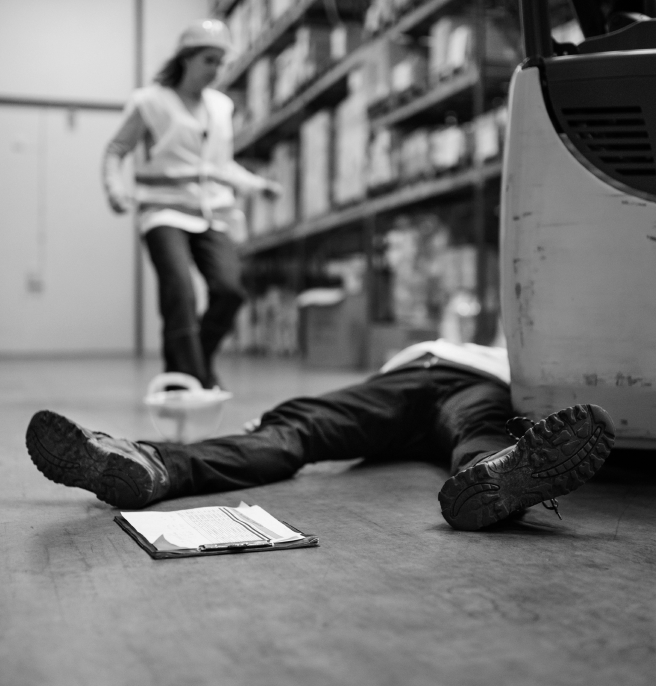
FAQs
When a manufacturer incurs liability for selling or using faulty equipment or products that cause harm to your health and body.
Product liability refers to an area of law that holds manufacturers, distributors, sellers, and other parties in the supply chain responsible for injuries or damages caused by defective or unsafe products. When consumers are harmed by a product that is dangerous or has a design, manufacturing, or labeling defect, they may have legal grounds to seek compensation for their injuries. Product liability cases are a subset of personal injury law and are intended to protect consumers from the consequences of using products that do not meet safety standards or expectations. Here are key points to understand about product liability:
- Types of Product Defects: Product liability cases can arise from various types of defects:
- Design defects: These occur when a product’s design is inherently dangerous, making all units of the product unsafe. Even when manufactured correctly, a product with a design defect poses risks to consumers.
- Manufacturing defects: These defects occur during the manufacturing process and affect only a subset of a product’s units. As a result, some units may be safe while others are defective.
- Labeling or marketing defects: These involve issues with the product’s labeling, instructions, or marketing. For example, inadequate warning labels or insufficient instructions for safe use can lead to injuries.
- Liability for Parties in the Supply Chain: Multiple parties may be held liable in a product liability case, including:
- Manufacturers: The company that designs and produces the product is often the primary defendant in product liability cases.
- Distributors and retailers: Entities that distribute or sell the product can also be held liable if they knew or should have known about the product’s defects.
- Component manufacturers: Companies that supply individual parts or components used in the final product may be liable if their components are defective and contribute to the injury.
- Strict Liability: In many product liability cases, the concept of strict liability applies. This means that the injured party does not necessarily have to prove that the manufacturer or other responsible party was negligent. Instead, they only need to demonstrate that the product was defective and that the defect caused their injury.
- Compensation: Injured consumers in product liability cases may seek compensation for various damages, including medical expenses, pain and suffering, lost wages, and property damage resulting from the defective product.
- Class Actions: In some cases, multiple consumers who have been harmed by the same defective product may join together in a class action lawsuit against the manufacturer or other responsible parties.
- Recalls: When a product is found to be defective or dangerous, the manufacturer or regulatory agencies may issue product recalls to remove the defective products from the market and mitigate the risk to consumers.
The side effects of using a product may not be known or understood fully, allowing for liability that sometimes can happen decades later. This provides protection to you as the consumer, as some products can cause reproductive, physiological, or great bodily harm from use.
Product liability laws and regulations can vary by jurisdiction, so it’s important for individuals who have been harmed by a defective product to consult with an attorney experienced in product liability cases. Manufacturers and other entities in the supply chain are expected to adhere to strict safety standards to ensure that their products do not pose unreasonable risks to consumers. When they fail to do so, product liability laws provide a legal avenue for injured parties to seek justice and compensation.